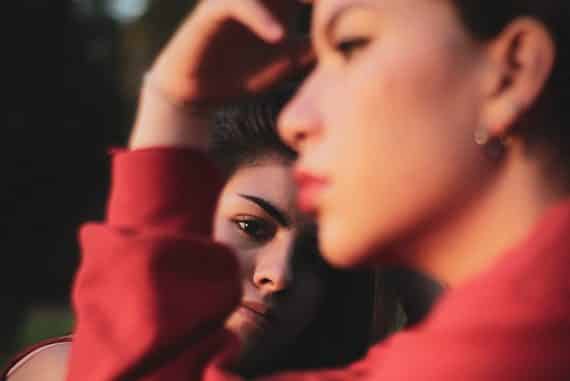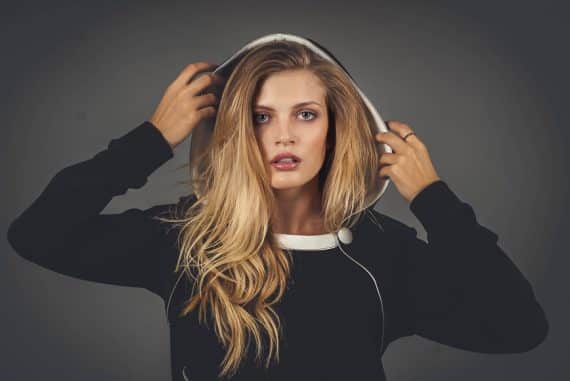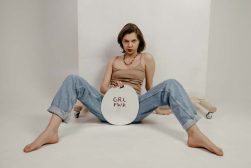
20 Tips for Beautiful Body Photography
Interested in taking beautiful photos of your own body or of a subject's? Perhaps you want to experiment with abstract closeups of a body. This guide will help!
Learn | Photography Guides | By Ana Mireles
Shotkit may earn a commission on affiliate links. Learn more.
Would you like to do beautiful body photography, but you’re not sure where to start?
In this article, you’ll find 20 tips to take wonderful photos regardless of the camera and lens you own.
To improve your body photography, you don’t necessarily need expensive gear – what you need is the sensitivity and creativity to capture the human form and shape.
You also don’t need a top model or even a professional one – the male and female body is beautiful in all forms, from plus-size boudoir down to petite.
Let’s get started!
20 Tips for Taking Photos of the Human Body
1. Celebrate diversity
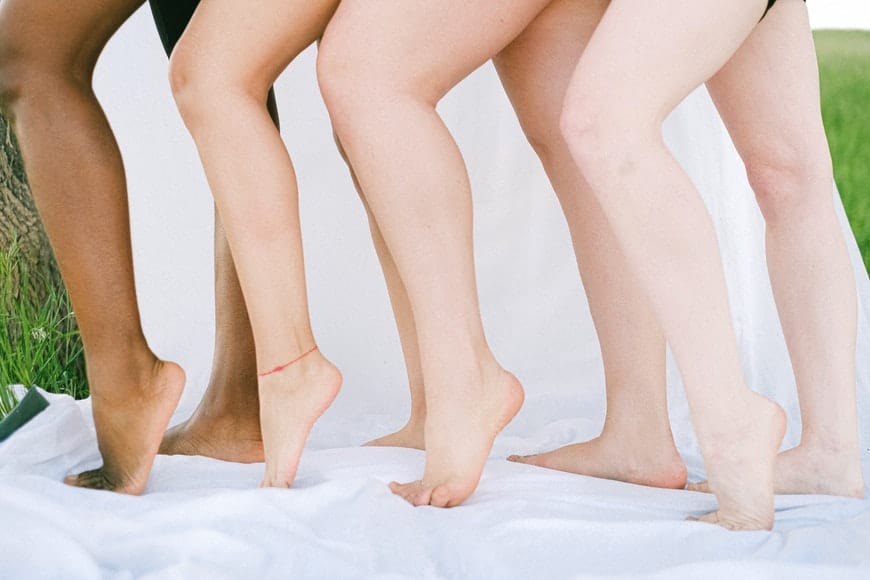
Credit: Anna Shvets
Body photography is not about top models, nor does it has to be a boudoir photoshoot – although it can be. Body photography is about the human form.
You can make beautiful body photography with models of all genders, sizes, ethnicities, ages, etc. To further embrace diversity, you can use multiple models – professionals or simply a group of friends.
2. Don’t be afraid to crop

Credit: Rodolfo Clix
Some photographers, especially beginners, think that subjects need to be captured in their entirety. That’s not the case – you can crop the subject, even quite boldly.
The only thing is that you need to be careful where to crop the body. The rule of thumb when it comes to the human body is not to cut in the joints.
That’s to say that a crop in the legs shouldn’t be in the knees, ankles or waist. In the arms, you should avoid the elbows – for the hands, avoid the knuckles and so on.
Aside from that, feel free to experiment.
3. Close-ups
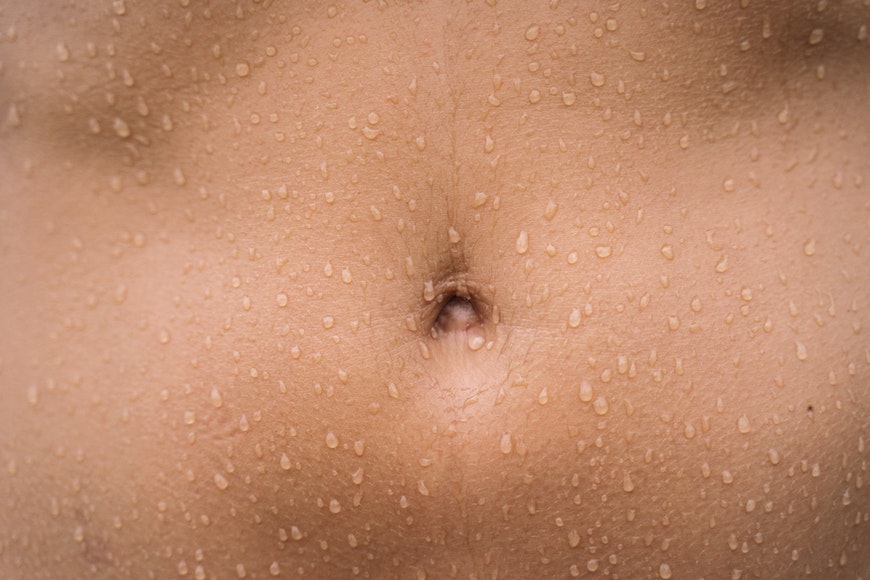
Credit: Anna Tarazevich
Speaking of cropping – why not do try close-ups? When you get close, you eliminate all distracting elements allowing the main subject to get all the attention.
Using a macro lens on your camera can be an interesting way to highlight one section of the female body, for exampke.
4. Focus on unusual parts
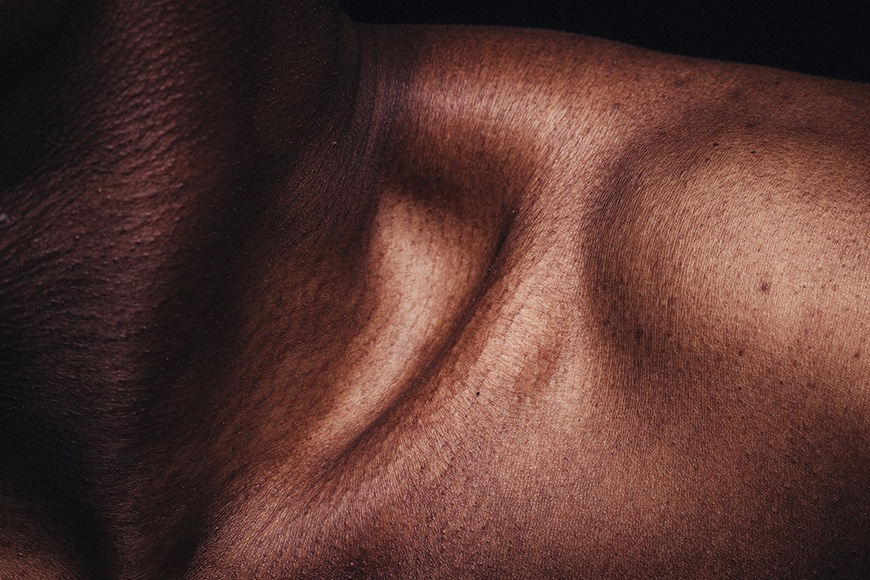
Credit: Nsey Benajah P
Certain body parts are particularly appealing, and you can see in art history that many artists from all disciplines have done wonderful works.
Take a moment to really see the body of your model and find what makes it unique. Maybe it’s a birthmark or perhaps it’s the way the muscles stand out when posing – you can even try some abstract photography.
Use this also to push yourself out of your comfort zone. If you usually photograph arms, try focusing on the shoulders. If you like photographing legs – maybe experiment with creating abstract pictures with the knees.
5. Tell a story
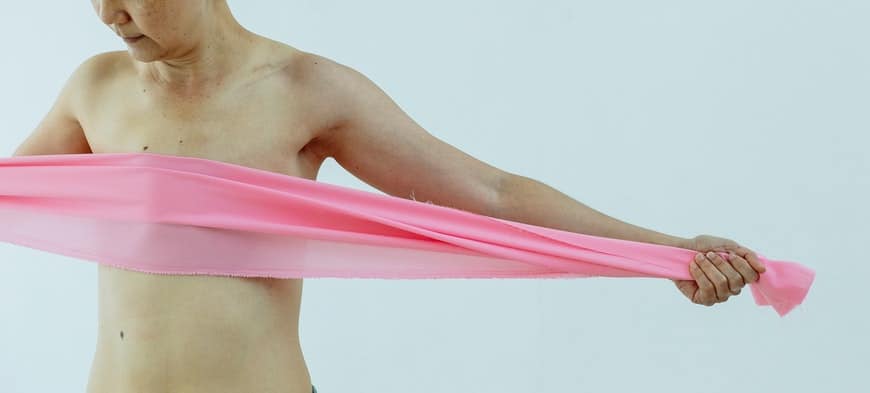
Credit: Michelle Leman
The most beautiful body photography is the one that can transmit emotion to the viewer. To achieve this, you can prepare in advance – think about a concept or a story.
The example above is part of a series of images where the author shows the female body and her success story as a breast cancer survivor.
6. Get in touch with nature

Credit: Ariel Pilotto
Photographing in the studio is undoubtedly tempting – with artificial light, you have complete control, and it’s easier for your subject if they are shy.
However, going to an outdoor location has its magic. Think about it, what better background for a beautiful body photoshoot than nature?
At the same time, you can take advantage of the beauty of natural lighting. The soft and warm light from the golden hour is perfect for photographing the skin.
How Much Do You REALLY Know About Photography?! 🤔
Test your photography knowledge with this quick quiz!
See how much you really know about photography...

See in the image above – the viewer is left to imagine the rest of the female body as it strolls outside on the beach.
7. Backlighting

Credit: Eternal Happiness
Having the light source in the back of the subject creates fantastic body photography. When you’re blocking the light entirely and exposing the background, you make a silhouette. This is great if you want to focus only on the shape of the body.
Instead, you can use a lens flare if you want to have some details from the subject (as shown in the example above). You can use this technique with all types of bodies.
8. Change your point of view

Credit: Masha Raymers
Portrait photography is usually done straight on – body photography allows for more experimental camera angles. So, don’t be afraid to nurture your curiosity and approach your subject from all possible perspectives.
Start with a bird’s eye view and work your way down. In the female body photo above, the model was simply asked to crouch down, so the photographer could retain a ‘normal’ height while the image’s perspective is altered.
9. Empower your model

Credit: Sharon McCutcheon
There are different ways to do this – from the way you talk to them to the posing.
Many people like to have a photo session as an exercise to boost their self-esteem, others because they want to preserve or celebrate a specific life event.
For example, the female body is subjected to social scrutiny in daily life – you can use body photography to encourage a positive body image in your model.
Another example happens when your subject overcomes a disease or an accident. In this case, it’s beautiful to use photography to help them find beauty in their scars or other parts of the body that suffered a trauma.
10. Use light gels
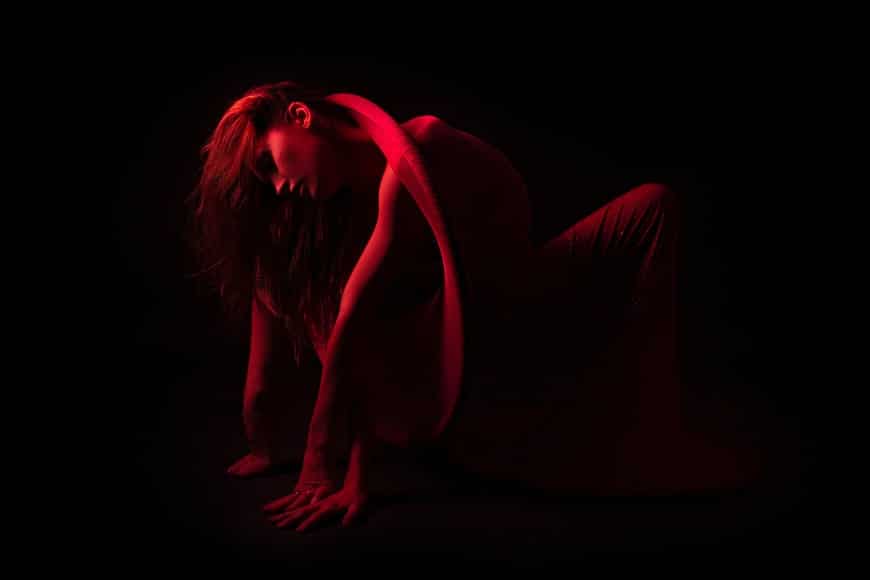
Credit: Aleksandar Pasaric
Colour gels are filters you put on a light source – usually flash or strobe. You use them for creating a specific mood or ambience with lighting.
You can put a colour gel only in one of the lights or put gels in all of them. It’s also interesting to mix colours and create an atmosphere that doesn’t resemble any place in real life.
11. High-key photography

Credit: Rodnae Productions
High key is a type of photograph where most of the frame is bright and overexposed, while only a tiny portion shows some mid-tones or dark tones.
This lighting is very flattering to all sorts of bodies because the skin loses texture, and the body looks like it’s painted.
It also creates an ethereal mood perfect for beautiful body photography – you can even push your images into the fine art category.
To photograph in high-key, you have to light your subject and background relatively evenly. Then, adjust the camera settings to overexpose the image.
Finally, remember that you can fine-tune the effect while editing your picture to decide how much detail you want on the body.
12. Look for contrast

Credit: Roberto Hund
Whether you achieve it with light or with colour – contrast will make your body photography pop.
You can create colour contrast by using complementary colours – these are opposite each other in the colour wheel. You can do it also by using opposite colour palettes, like warm colours and cold ones.
If you’re not very familiar with colour theory, you can use Adobe Color – don’t worry, you don’t need an Adobe membership to use it. Go to the website and start creating the colour combinations you want, or check out the Trends and Libraries for inspiration.
You can also create contrast using highlights and shadows. This means that you have areas with very bright tones and other ones with dark tones – it’s most effective with black and white photography.
Of course, you can combine colour contrast and tonal contrast at the same time – experiment with different combinations to find the one that better transmits the emotion you want.
13. Create a colour palette

Credit: Cottonbro
Colour is an essential element to create a specific mood in your photos. It’s also an excellent way to help the viewer to identify elements that tie together the concept.
In body photography, it’s also important to choose a flattering colour palette for your subject – consider the shape, skin tone, hair colour, etc.
Try using a triadic colour scheme to bring some unity to the tones in your photography.
14. Try monochromatic photos

Caption Daniel Reche
When choosing the colour palette for your images – try using different shades of only one colour. Creating monochromatic images eliminates distractions and helps the viewer focus on the form and texture.
The most common monochromatic images are black and white – however, you can choose whichever one you want.
15. Add texture
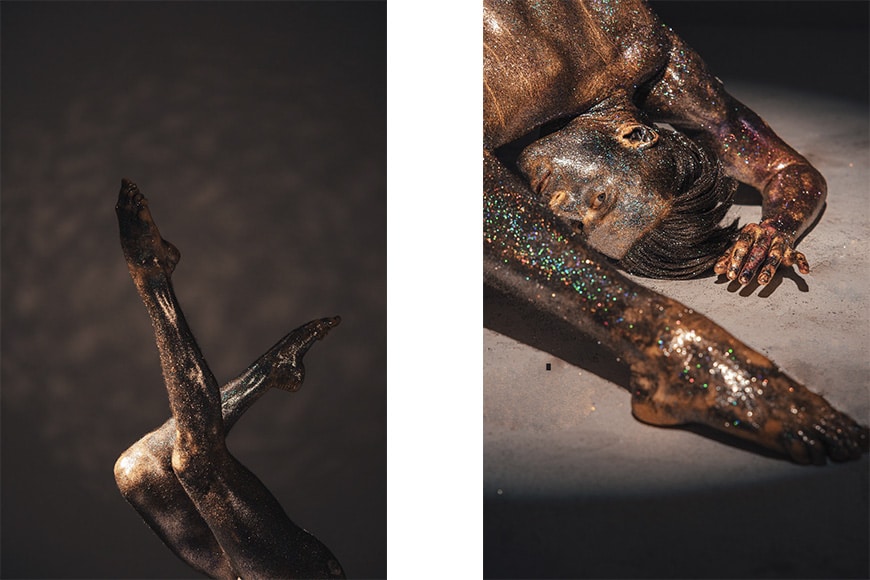
Credit: Koolshooters
The texture is another way to add depth to a photo – it gives a tactile quality that provides the viewer with more information about the subject. This is why texture is a powerful composition element in photography.
The ideal lighting to photograph texture is to place the light source to the side. The more frontal the lights hit the subject, the fewer shadows it has – and the flatter the photo will look.
16. Get creative with body painting

Credit: Albinas Kirkilas
The beauty of photographing body painting is that you’re putting together two art forms. As the photographer, you can document the process or work with the body paint artist and make a collaborative work.
Sometimes, the body paint artist is the photographer at the same time. You’ve probably seen the work of Johannes Stoetter. He created a frog by carefully posing five painted models on top of a leaf background – this image is known all over the world and propelled his career.
He is often the photographer of his creations, but he’s worked with other photographers for some projects – for example, the photo that made the cover of Vogue.
17. Use shadows
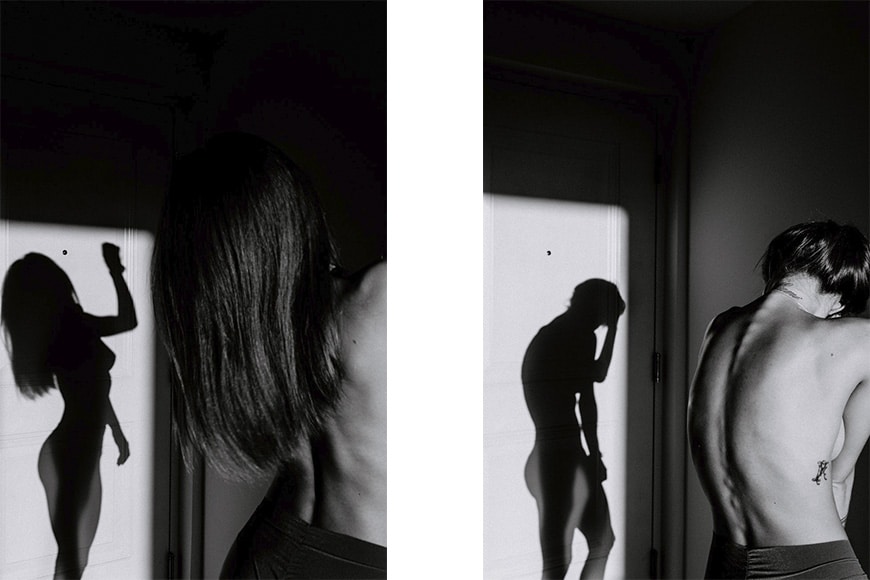
Credit: Julia Kuzenkov
Have you considered doing body photography without a body in the frame? Well, let me tell you that a shadow creates a very creative photo.
Of course, you can also include the body. To do this, you need to use hard lighting because you want deep and well-defined shadows to show the shape of the body.
By placing the light in different angles and changing the posing of the subject, you can create a wide variety of images.
18. Use motion blur
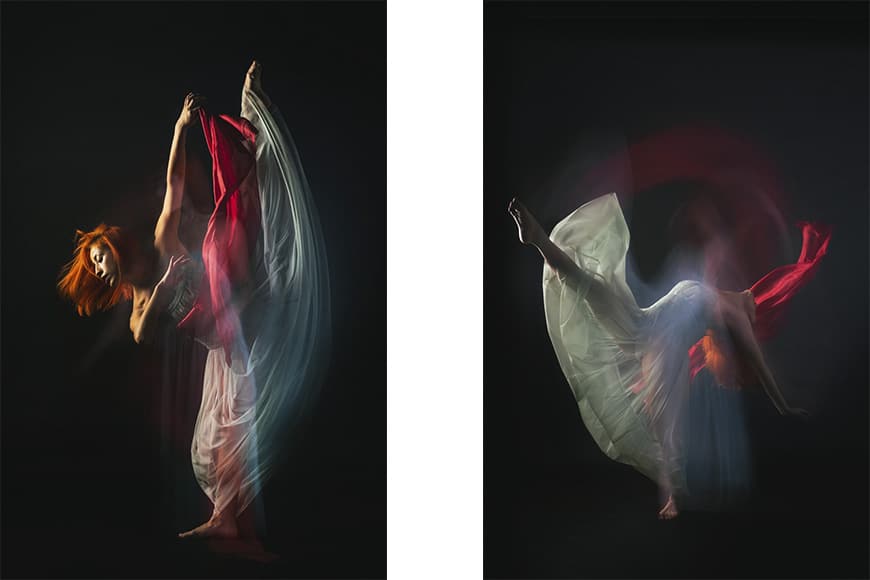
Credit: Jo Kassis
Motion blur is a photographic technique that captures movement in a still picture – this is a wonderful way to do body photography.
You need to use your camera in manual mode if you’re comfortable with it or set it to shutter speed priority if you prefer a semi-automatic mode.
Then, use slow shutter speeds and ask your subject to move while you’re exposing the photo – this creates a trail that gives the viewer the idea of action.
Other ways to capture motion blur involve following the subject to blur the background or turning the zoom lens to create trails radiating from the centre of the picture.
19. Add creative props

Credit: Life of Pix
The photography of the body explores the human shape, but you don’t need to isolate it completely to achieve this – you can include props to highlight a specific part or complement the posing.
2o. Underwater photography

Credit: Engin Akyurt
Underwater photography is a beautiful way to explore the body because it moves differently than how we’re used to seeing it – this allows for great experimentation in posing. Remember that you need special gear to go underwater.
Final Words
I hope these tips can help you to improve your body photography and create some wonderfully creative images with the male and female body.
If you have any more ideas, you can share them with us in the comments – we’d love to hear them.
Also, you may like to read our article on why we tend to look fatter in pictures and how you can fix that through specific choices.

Check out these 8 essential tools to help you succeed as a professional photographer.
Includes limited-time discounts.






